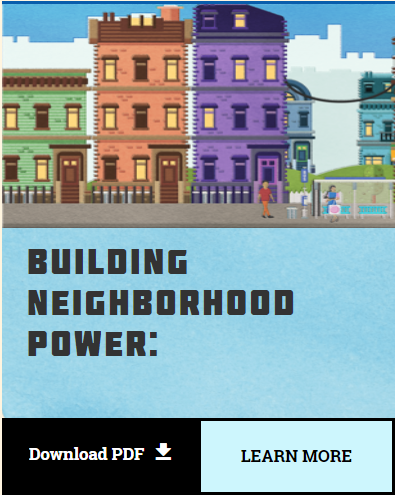
#OurNeighborhoods Organizing Toolkit
#OurNeighborhoods is a network of Asian American and Pacific Islander (AAPI) grassroots organizations committed to addressing the issue of gentrification through neighborhood organizing. A project of the National Coalition for Asian Pacific American Community Development (National CAPACD), #OurNeighborhoods builds power with low-income AAPI residents and youth who have been directly impacted by displacement. They created two toolkits, one for tenants and one for neighborhoods, as a resource for communities as they organize and build community power.
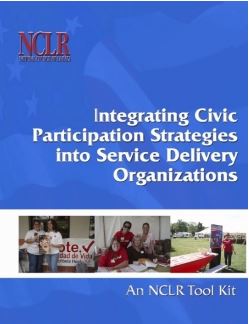
Integrating Civic Participation Strategies into Service Delivery
This toolkit was designed to support the NCLR Latino Empowerment and Advocacy Project (LEAP) to measurably increase Latino electoral participation, but it can be applied to any social service/social change group seeking to increase civic participation as part of their organizations work. Included are a variety of tools including surveys, intake forms, flyers, workshop guides, and petitions to assist in the integration process.
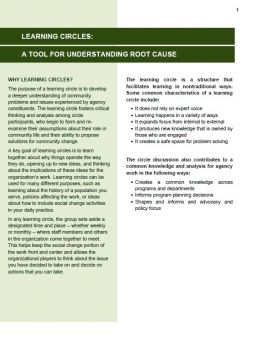
Learning Circles for Root Cause Analysis
This handout from BMP offers information and a process to engage staff and constituent partners in learning circles focused on root cause analysis. It describes how to organize the leaning circle, set it up for success and provides tips for the facilitator.
The purpose of a learning circle is to develop a deeper understanding of community problems and issues experienced by agency constituents. The learning circle fosters critical thinking and analysis among circle participants, who begin to form and re-examine their assumptions about their role in community life and their ability to propose solutions for community change.
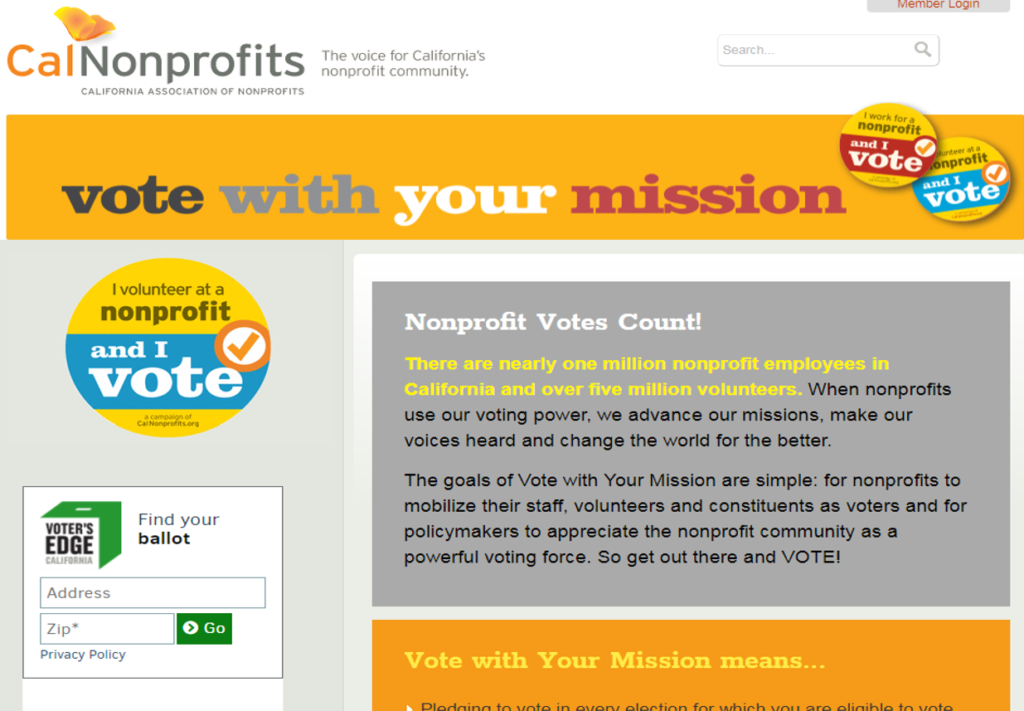
Vote with your Mission Campaign Kit
These materials, provided by California Nonprofits, help organizations promote civic engagement and leadership.
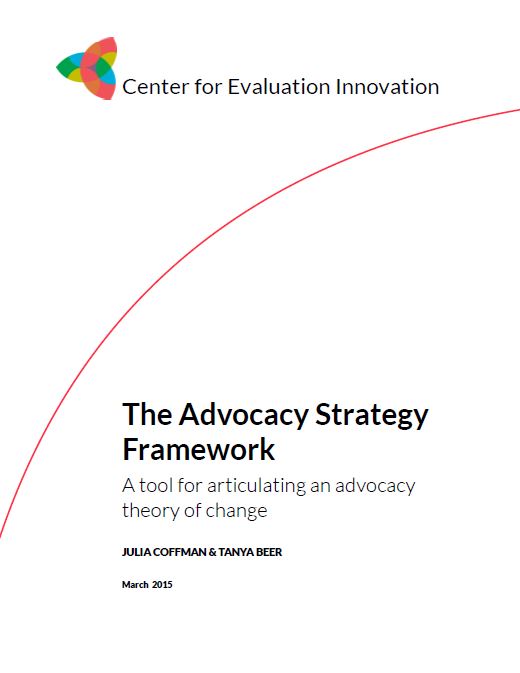
An Advocacy Theory of Change
This tool can be used to design an advocacy theory of change. It leads a group through six questions for discussion, provides facilitation tips, and several graphic representations of what final strategies might look like.
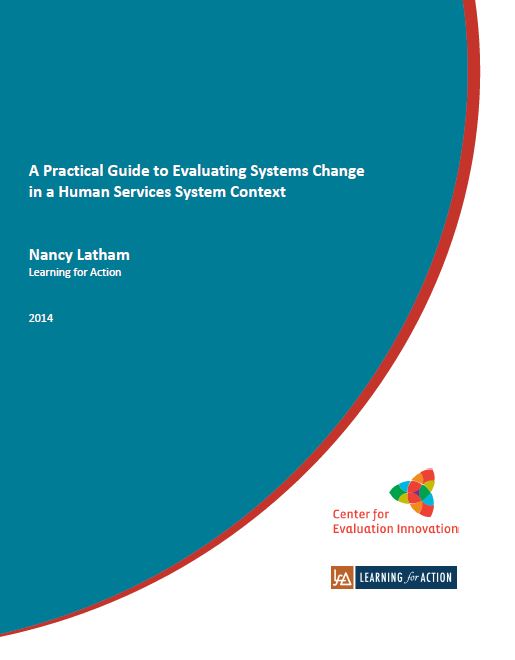
A Practical Guide to Evaluating Systems Change in Human Services Systems
This Guide is for practitioners and evaluators who would like a practical way to think about systems and systems change. The author presents a framework (page 4) that looks at the collaborative group as a way to organize for systems change not the change itself.
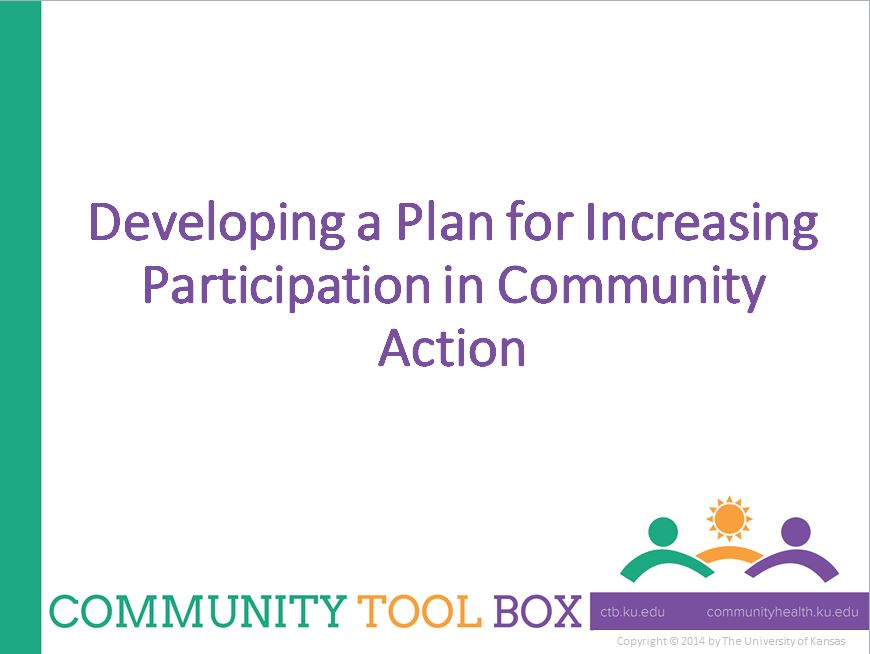
Developing a Plan to Encourage Participation
This resource provides a comprehensive list of questions to ask when developing a plan to become more inclusive of community members. It offers a checklist of action, examples to study and a PowerPoint presentation that summarizes the key points in the section and could be used as a foundation to customize for the organization.
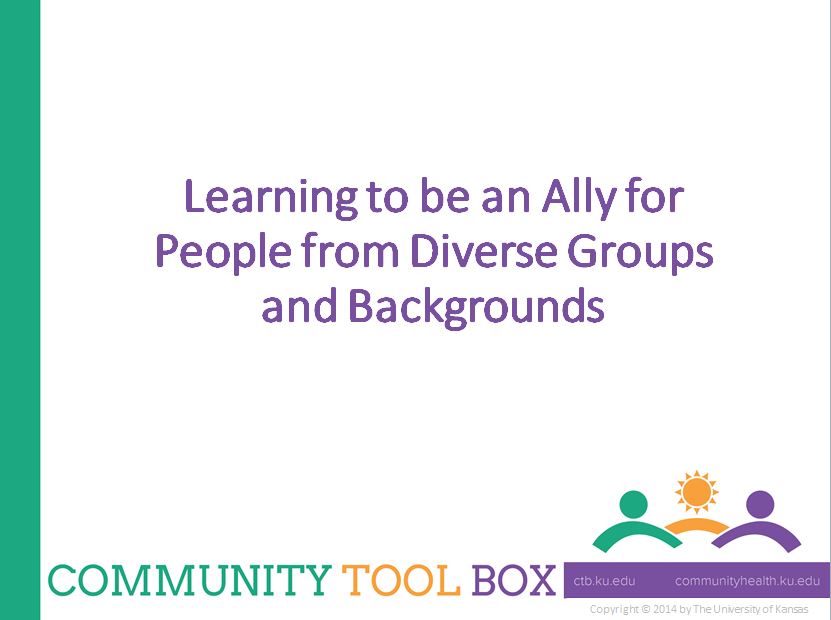
Building Alliances with Diverse and Marginalized Groups
This section of the University of Kansas Community Toolbox explores building alliances with diverse and marginalized groups, promoting leadership and supporting people to gain power in their community.
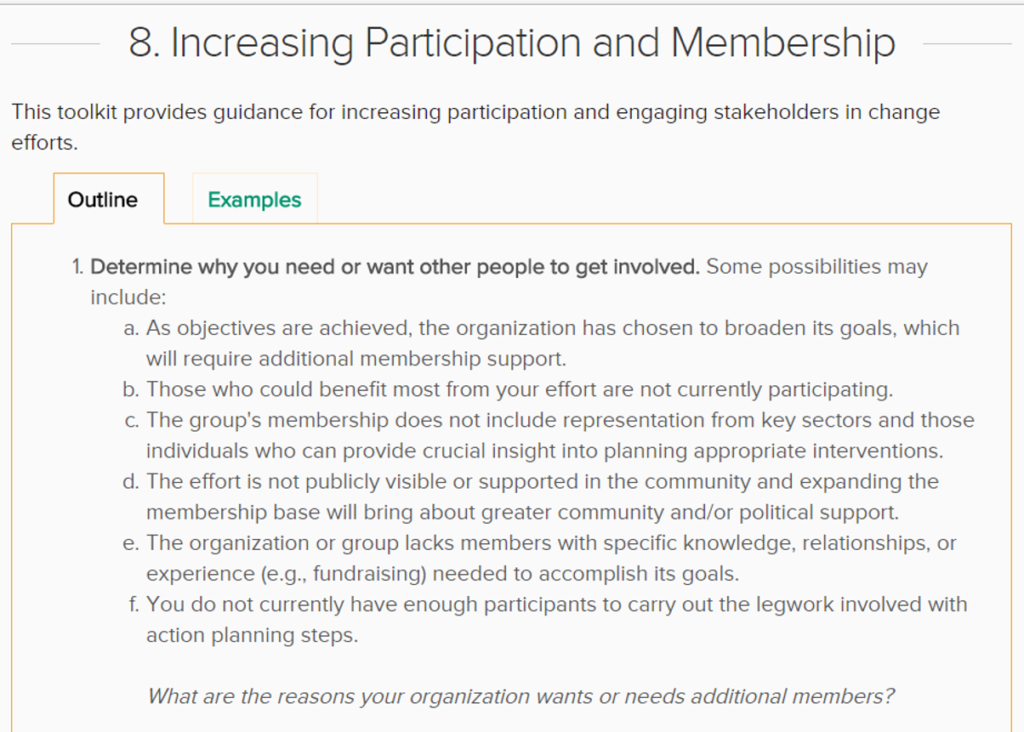
Increasing Participation and Membership in Community Change
This toolkit provides step-by-step guidance for increasing participation and engaging constituents and community members in a change process.
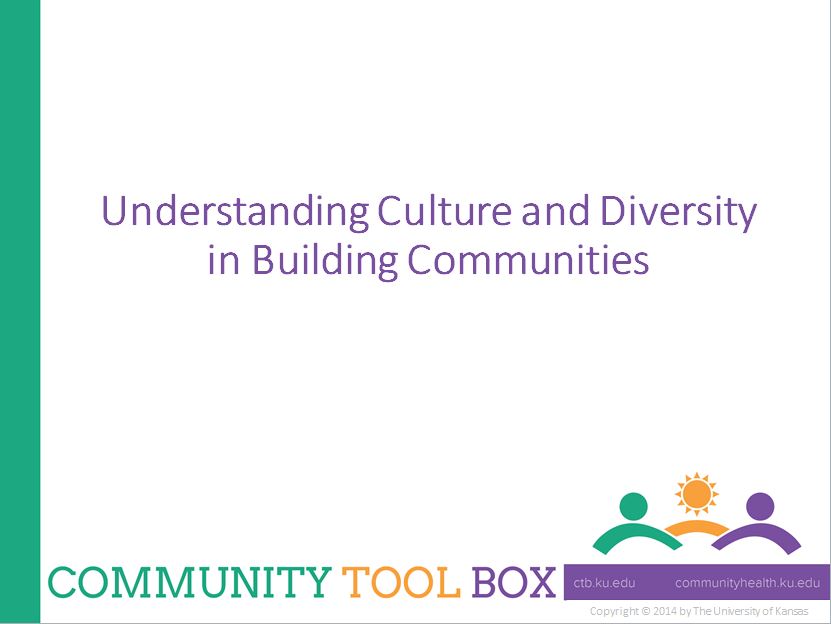
Understanding Culture and Diversity in Building Communities
This tool box contains information on understanding culture and diversity, how to strengthen multicultural collaboration, and build inclusive communities.
